-
About
- About Listly
- Community & Support
- Howto
- Chrome Extension
- Bookmarklet
- WordPress Plugin
- Listly Premium
- Privacy
- Terms
- DMCA Copyright
- © 2010-2025 Boomy Labs

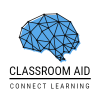 ClassroomAid
ClassroomAid
Listly by ClassroomAid
Recommended reading for xAPI or LA
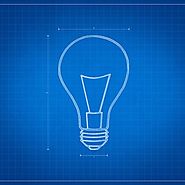
The EES process helps instructional designers record learning-related data for the xAPI.

The Experience API (xAPI) and analytics complement each other nicely. You can use the xAPI to track any type of user/system interaction and then use analytics tools to compile and interpret xAPI data. The interactions you track may result from learning systems and programs or from actual work systems and processes.

(Note from the editor: This article assumes advanced familiarity with xAPI. Beginners may find that additional study and use of reference material will be helpful to understanding.)

Authoring tools enable instructional designers (ISDs) without programming skills to create eLearning products. ISDs use these tools to create and sequence pages, enter content, add media and interactivity, and assemble courses.
The Role of a Reference Synthetic Data Generator within the Field of Learning Analytics.
Berg, A. M., Mol, S. T., Kismihók, G., & Sclater, N. (2016). The role of a reference synthetic data generator within the field of learning analytics. Journal of Learning Analytics, 3, 107–128.

This document is a guide to the technical implementation of the Experience API, commonly abbreviated as xAPI. xAPI is an application programming interface which allows software applications to exchange data regarding human activity. Designed for the domain of learning, xAPI enables the capture of data about human performance and its context.
See how AR and VR are enhancing learning around the world, how xAPI helps developers, and what it takes to bring AR/VR solutions to business problems.

(Note from the editor: This article assumes advanced familiarity with xAPI. Beginners may find that additional study and use of reference material will be helpful to understanding.)
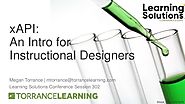
Learning Solutions Conf 2019 - Session 302 - xAPI for Instructional Designers - Expanded deck to include both ID Models and learning ecosystem slides
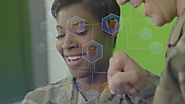
Imagine a world where every learning counted. Every new fact you now know, every concept you now grasp, every rule you now follow. A device attached to you keeps track of all this. It feeds a personal system, a detailed history of your learning throughout your life. Meanwhile, you build a better understanding of what it is that you want to know more about. Which skills you are most keen to master. As you build clearer learning goals, the system sorts your history by “Competencies.” It has a way to link every learning action you have taken to the Competencies it helps. A link either based on a certain, preset theory; or on a statistical model that adapts and improves over time. The results of your performance and assessments also feed the file. As a result, you know the best actions for your learning goals at each time.

In preparation for the xAPI activities at Learning Solutions Conference and Expo 2019, this article is an update to the July 2018 Learning Solutions "xAPI: Out of the Box" report on authoring tools that support the implementation of the xAPI
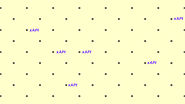
If the mountain (of LMS Data) will not come to Mahomet, Mahomet will develop an anonymized, xAPI-compliant LMS Data generation service.
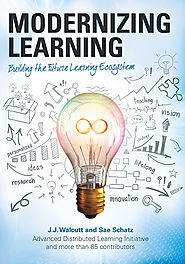
Modernizing Learning: Building the Future Learning Ecosystem is an implementation blueprint for connecting learning experiences across time and space. This co-created plan represents an advancement of how and where learning will occur in the future. Extensive learning and technological research has been conducted across the myriad disciplines and communities needed to develop this holistic maturation of the learning continuum. These advancements have created the opportunity for formal and informal learning experiences to be accessible anywhere, anytime, and to be personalized to individual needs. However, for full implementation and maximal benefits for learners of all ages and within all communities to be achieved, it is necessary to centralize and coordinate the required connections across technology, learning science, and the greater supporting structures. Accordingly, the ADL Initiative has taken the lead in this coordination process, connecting Government, Military, Academia, Industry, and K-12 teachers, instructors, technologists, researchers, and implementers to create and execute a coordinated transition process. Input was included from stakeholders, communities, and supporting entities which will be involved in this advancement of the life-long learning ecosystem. Year/Pages: 2019/414.
